If you asked someone on the street who Robert Hanssen was, most people would have no idea. However, within the intelligence community, his name is synonymous with betrayal and espionage.
For over twenty years, Robert Hanssen led a double life: an unassuming FBI agent by day and a seller of America’s secrets to the Soviet Union by night.


His activities compromised numerous espionage plots against the Soviets, exposed double agents within Russia, and tragically led to the execution of valuable American spies.
In this article, we will explore the intriguing story of Robert Hanssen, discovering his early life, his rise in the FBI, and his eventual unmasking and arrest.
Early Life And Career
Robert Hanssen’s childhood was seemingly ordinary, with no obvious signs pointing towards the treacherous path he would later take. After graduating from high school in 1962, he enrolled at Knox College in Galesburg, Illinois.
After graduating with a bachelor’s degree in chemistry, Hanssen applied for a cryptography job at the NSA but was turned down because the agency was strapped for cash.
So naturally, he enrolled in dental school at Northwestern University. But after three years, he became restless, decided dentistry wasn’t for him, and switched his focus to business.
In 1971 he graduated with an MBA and got a job at an accounting firm. It turns out that sitting behind a desk everyday was worse than dental school. He quit after only one year.
Hanssen was looking for something a little more exciting, a little more daring, so he joined the Chicago Police Department where he got a job as a forensic accountant.
He worked at the Chicago P.D. for four years, uncovering fraud, embezzling, and money laundering schemes. In 1976, he had enough of the small time and applied for a big-boy job at the FBI.
The FBI And First Contact With The Soviets
His first assignment landed him in the Gary, Indiana field office. Two years later he was transferred to the counterintelligence division of the New York City field office. His new job had him compiling a database of Soviet intelligence for the FBI.
While sifting through intelligence reports from other spies, he got his first taste of the espionage lifestyle. The thrill, the excitement, this is what Hanssen had been looking for his entire life.
One day in 1979, Hanssen got up the nerve to walk into the New York City office of Amtorg Trading Corporation, a Soviet trade organization known to be a front for espionage activities – a New York version of Rick’s Cafe in Casablanca.
There, he offered his services as a spy, providing the Soviets with classified information including the bugging of Russian embassies, surveillance operations, and revealed the identities of secret agents working undercover inside the Soviet Union.
His most important leak was the betrayal of Dmitri Polyakov, a CIA informant who passed enormous amounts of information to U.S. intelligence while rising to the rank of general in the Soviet Army.
For his services, the Russians paid Hanssen a handsome reward of $200,000 in cash and diamonds.
Rise Through FBI Ranks
In 1981, Hanssen’s career really took off when he was transferred to the FBI headquarters in Washington, D.C., relocating his family to the nearby suburb of Vienna, Virginia.
His new position within the FBI’s budget office granted him access to all kinds of information concerning various FBI operations.
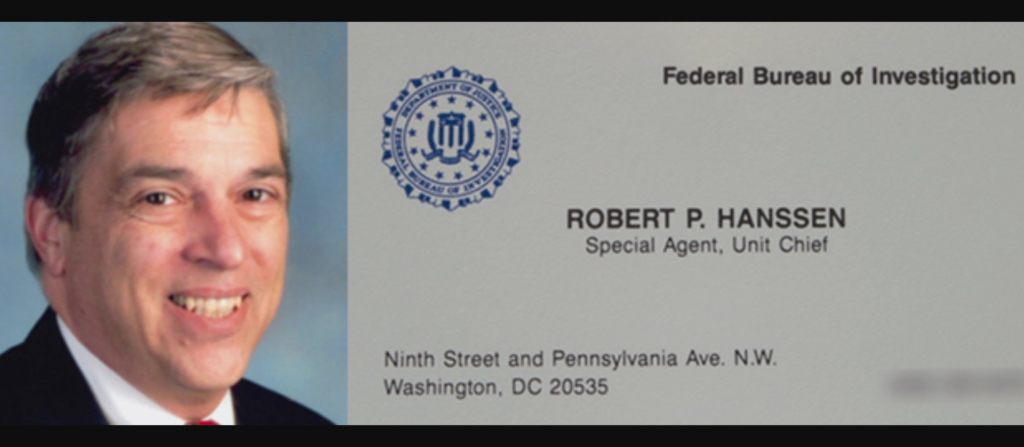
Coincidentally, he was in charge of overseeing all activities related to wiretapping and electronic surveillance, which granted him access to a treasure trove of intelligence like:
Surveillance Techniques: Hanssen had access to all the information the FBI used for electronic surveillance, including details about wiretapping, bugs, and other covert listening devices. This would allow the Soviets to evade detection and protect their own communications.
Targets of Surveillance: He had access to lists of individuals and groups being monitored by the FBI, including suspected spies and foreign agents.
This information would be invaluable for the Soviets to identify their own vulnerabilities and potentially neutralize American intelligence assets.
Counterintelligence Operations: Hanssen also knew FBI counterintelligence strategies and tactics used in weeding out Soviet spies. This allowed the Soviets to adapt their espionage strategies to avoid raising red flags and to protect their own agents operating within the United States by warning them about tactics the FBI might use against them.
Technical Vulnerabilities: In his position, Hanssen knew all the weaknesses and vulnerabilities in America’s surveillance technology, enabling the Soviets to exploit them for their own intelligence-gathering purposes.
In 1984, Hanssen moved to the FBI’s Soviet analytical unit, where he assessed potential Soviet defectors.
The following year, he transferred to New York City but resumed his espionage during a trip back to Washington, contacting the KGB anonymously and offering his services for a substantial fee.
Just to make sure that he could be trusted, Hanssen exposed three double agents he knew to be working inside the Soviet Union.
The exposed agents were promptly arrested and executed. The incident shook the FBI to its core. Now, they were aware that there was a traitor in their midst, but they had no idea who.
Hanssen was so trusted within the FBI that he was chosen to come back to Washington, D.C., where he was assigned the task of weeding out who the mole was. Ironically, this meant he was tasked with finding himself.
He cleverly used his new job to divert suspicion away from himself. He subtly steered the investigation towards other potential suspects, casting doubt on their loyalty while maintaining his own facade of innocence.
In an even more astonishing act of betrayal, Hanssen not only thwarted the investigation but also handed over the entire classified report to the KGB.
This report contained sensitive details about the FBI’s methods, vulnerabilities, and a list of all Soviets who had contacted the Bureau about potential moles.
The Collapse Of The USSR
Hanssen’s espionage activities went undetected throughout the 1980s and into the early 1990s.
He consistently provided the Soviets with a wealth of classified information, including details about American surveillance techniques, counterintelligence operations, and the identities of U.S. intelligence assets working undercover in the Soviet Union.
However, the collapse of the Soviet Union in December 1991 brought an abrupt end to Hanssen’s fun and games.

The political upheaval and uncertainty surrounding the transition to the Russian Federation made Hanssen wary. Fearing exposure, he went silent with his handlers and kept his head low.
Despite the temporary hiatus, Hanssen’s activities had already caused significant damage to U.S. national security interests.
The information he provided had compromised numerous intelligence operations and put the lives of American agents at risk. His betrayal would continue to haunt the intelligence community for years to come.
After about a year of hiding, Hanssen became restless again. In 1992, Hanssen took a bold and risky step by personally visiting the Russian embassy in an attempt to reconnect with his handlers.
He approached a GRU officer in the embassy parking garage, using his code name “Ramon Garcia” and identifying himself as a disgruntled FBI agent willing to spy for them.
However, the GRU officer didn’t recognize the code name or Hanssen himself. Concerned about a potential trap, the officer left the scene.
The Russians filed a formal complaint with the U.S. State Department. They suspected Hanssen might be a triple agent—someone pretending to be a double agent for the Russians while actually working for the FBI.
The FBI investigation into the incident stalled, and he was never identified as the man who approached the GRU officer. It was a close call, but it didn’t stop him.
Hanssen was then caught when he hacked into a colleague’s computer and made up a cover story to hide his tracks, which launched an investigation which eventually went nowhere.
He then tried to transfer positions to the brand-new National Counterintelligence Center, which would have been a jackpot of information. But when he was required to take a polygraph test for the job, he backed out.
Unmasking The Mole
Faced with a series of security breaches and the loss of valuable assets, the FBI and CIA launched a joint task force to uncover the mole within their organizations.
By 1998, the FBI’s investigation into the leak, using criminal profiling, had erroneously focused on Brian Kelley, a CIA operative. Kelley and his family endured intense scrutiny and harassment, even facing a staged defection attempt orchestrated by the FBI.
Despite their innocence, they remained under suspicion until Hanssen’s eventual arrest.
A breakthrough occurred when the FBI purchased information from a former KGB agent for $7 million, which included an audio recording of a conversation with the unidentified mole.
Agents recognized the voice but couldn’t place it until they heard a familiar phrase: a quote from George S. Patton’s speech about “the purple-pissing Japanese”. One of the FBI agents remembered Hanssen using that quote, and the case was blown open.
To gather concrete evidence, Hanssen was strategically promoted by the FBI and placed under surveillance. He was assigned an assistant, Eric O’Neill, who was actually an undercover agent.
O’Neill played his role as assistant convincingly, all the while gathering incriminating evidence on Hanssen.
He found out that Hanssen was using a PDA to store all of his secret meetings with the Russians. When the time was right, he swiped the PDA and the FBI downloaded all of the information.
Hanssen was becoming increasingly paranoid, suspecting he was being watched. He even inquired about a new job and expressed concerns about his car being bugged.
In his last letter to the Russians, he alluded to his suspicions, stating something had “aroused the sleeping tiger.”
Despite his growing unease, Hanssen made one final deaddrop in Foxstone Park.
This act proved to be his downfall, as FBI agents were watching and waiting to apprehend him. Upon his arrest, Hanssen famously asked, “What took you so long?”
Sentencing And Death
Hanssen was charged with espionage and conspiracy to commit espionage. Facing overwhelming evidence, including the recovered classified documents, audio recordings, and financial records, he ultimately pleaded guilty to avoid the death penalty.
On May 10, 2002, he was sentenced to 15 consecutive life sentences without the possibility of parole.
Hanssen was transferred to ADX Florence, a supermax prison in Colorado known for housing some of the most dangerous criminals in the United States. He was designated to solitary confinement, where he remained for the next 21 years.
On June 5, 2023, Hanssen’s life of betrayal and deception reached its final chapter when he was discovered unresponsive in his prison cell.
Despite attempts to revive him, he was pronounced dead. An autopsy later revealed that his demise was attributed to colon cancer.
Sources
https://en.wikipedia.org/wiki/Robert_Hanssen#
https://www.fbi.gov/history/famous-cases/robert-hanssen
https://www.cnn.com/2023/06/05/politics/robert-hanssen/index.html


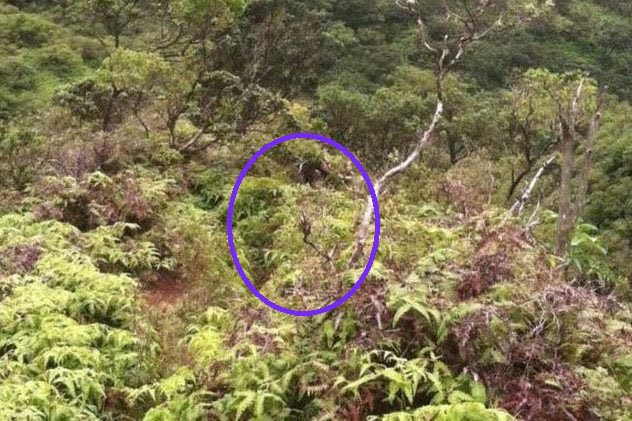


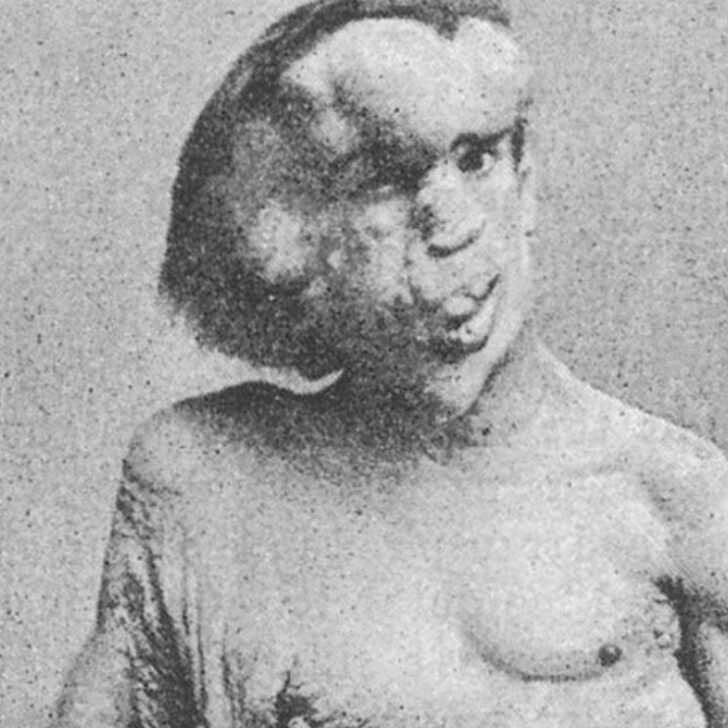
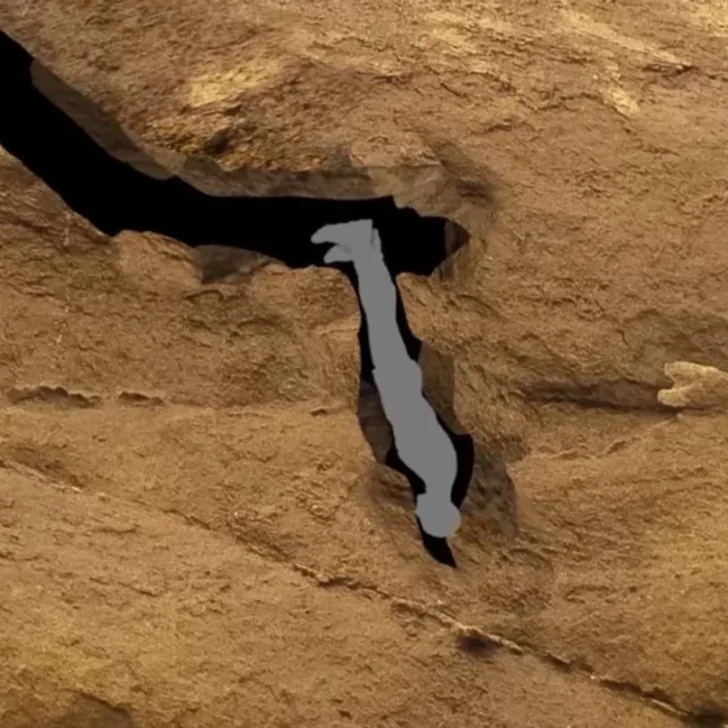

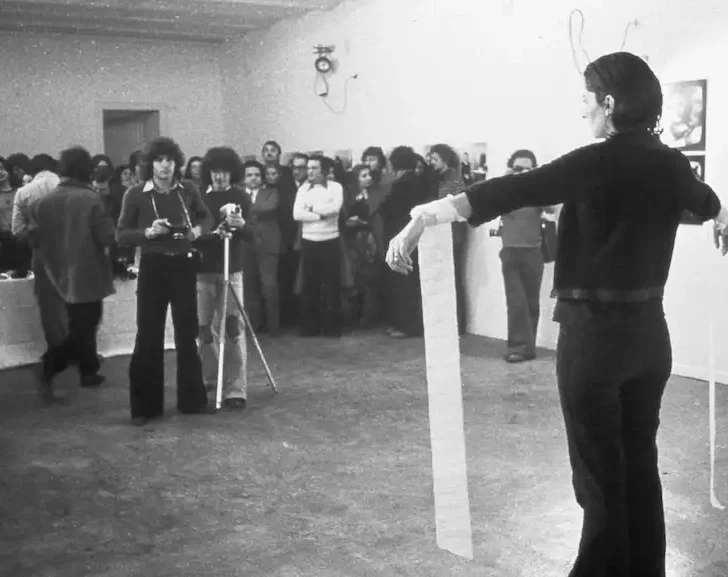



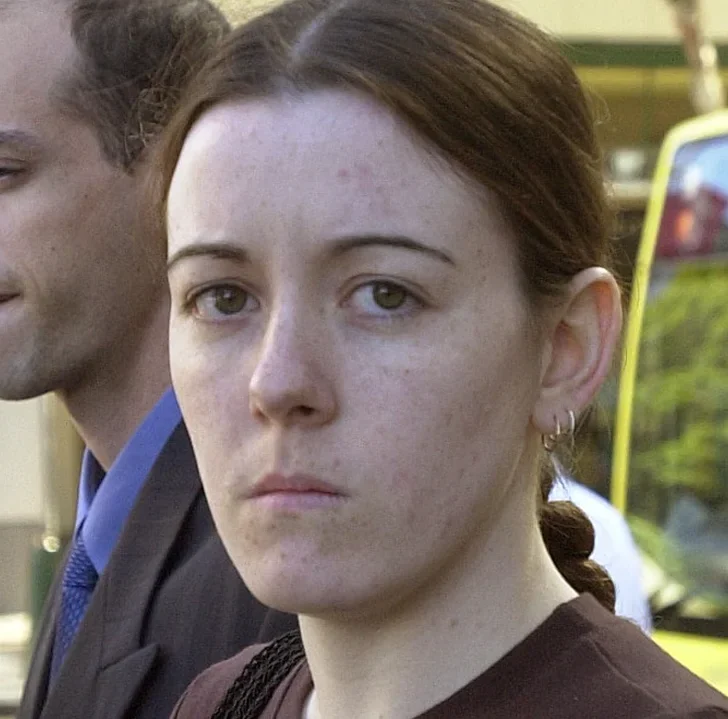
Leave a comment